Introduction
In the vast array of root vegetables that enrich our diets with their unique flavors and nutritional profiles, two stand out for their versatility and health benefits:雪莲果 (Yacon Root) and sweet potatoes. While both are often lumped together due to their similar appearance and underground growth habits, they differ significantly in terms of origin, nutritional content, taste, and culinary uses. This comprehensive guide aims to elucidate the distinctions between雪莲果 and sweet potatoes, providing insights that will enhance your understanding and appreciation of these remarkable plants.

Origins and Botanical Classification
雪莲果 (Yacon Root)
Native to the Andes Mountains of South America, particularly in Peru and Chile,雪莲果 (scientifically known as Smallanthus sonchifolius) belongs to the Asteraceae family. This perennial plant is prized for its tuberous roots, which are harvested for their edible qualities. Unlike many other root vegetables,雪莲果 has a relatively short history of cultivation and consumption outside its native range, having gained popularity in recent decades due to its low glycemic index and high inulin content.
Sweet Potatoes
Sweet potatoes (Ipomoea batatas), on the other hand, have a much older and more widespread history. Originating in tropical regions of Central and South America, they have been cultivated for thousands of years and are now a staple food crop in numerous countries worldwide. Belonging to the Convolvulaceae family, sweet potatoes are annual or perennial vines whose storage roots are the primary edible portion. Their versatility and adaptability have made them a crucial component of diets across diverse cultures and climates.
Appearance and Texture
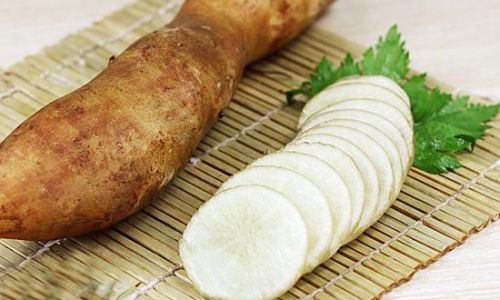
雪莲果 (Yacon Root)
The appearance of雪莲果 roots can vary depending on the soil and climate conditions in which they are grown, but they are generally characterized by their elongated, cylindrical shape with a slightly knobby exterior. The skin can range from light brown to almost black, with a smooth or slightly rough texture. When sliced open,雪莲果 reveals a crisp, juicy flesh that can be white, pale yellow, or even slightly translucent, with a faint sweetness and a hint of licorice flavor.
Sweet Potatoes
Sweet potatoes, in contrast, come in a variety of shapes and sizes, from long and slender to round and stubby. Their skin color can be deep orange, red, purple, or even white, while the flesh is typically a vibrant orange, though other colors like purple or white are also found. The texture of cooked sweet potatoes is dense and creamy, with a natural sweetness that intensifies during cooking. Unlike雪莲果, sweet potatoes do not have a juicy interior; instead, they offer a moist, fluffy consistency when prepared properly.
Nutritional Profiles
雪莲果 (Yacon Root)

Nutritionally,雪莲果 shines for its low calorie content and high fiber, particularly in the form of inulin, a type of soluble fiber that promotes gut health by feeding beneficial bacteria. This makes雪莲果 an excellent choice for those seeking to manage their weight or blood sugar levels. It also contains a modest amount of vitamins and minerals, including vitamin C, potassium, and magnesium. One unique aspect of雪莲果 is its fructose-rich syrup, which is extracted from the roots and used as a natural sweetener with a lower glycemic impact than traditional sugars.
Sweet Potatoes
Sweet potatoes are a nutritional powerhouse, rich in complex carbohydrates, dietary fiber, and essential vitamins and minerals. They are particularly notable for their high levels of beta-carotene, which the body converts to vitamin A, supporting vision, immune function, and skin health. Sweet potatoes also provide significant amounts of vitamin C, vitamin B6, potassium, and manganese. Their orange flesh is indicative of high levels of antioxidants, including anthocyanins in purple-fleshed varieties, which help protect cells from damage and reduce inflammation.
Culinary Uses and Preparations
雪莲果 (Yacon Root)
Due to its crisp texture and mild, slightly sweet flavor,雪莲果 is versatile in the kitchen. It can be enjoyed raw in salads, slaws, or as a crunchy snack. Its juice can be used in beverages, and the syrup is a popular sweetener for smoothies, yogurt, and baked goods.雪莲果’s ability to retain its crunch when cooked makes it suitable for stir-fries, pickles, or even candied treats. However, it’s important to note that overcooking雪莲果 can result in a mushy texture, so quick cooking methods are preferred.
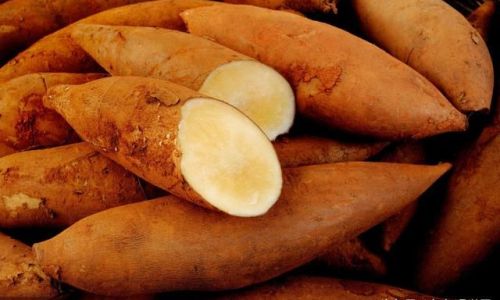
Sweet Potatoes
Sweet potatoes are incredibly versatile and can be prepared in numerous ways. They are a staple in dishes ranging from simple roasted or mashed sides to complex main courses like sweet potato pies, casseroles, and curries. Their natural sweetness makes them perfect for baking, grilling, boiling, or frying. Sweet potato fries have become a popular modern twist on the classic French fry, while purees and soups highlight their creamy texture and rich flavor. Sweet potatoes can also be dried and ground into flour, used in baking to add moisture and nutrition to breads, cakes, and cookies.
Health Benefits and Considerations
雪莲果 (Yacon Root)
雪莲果’s low glycemic index and high inulin content make it a valuable addition to diets aimed at managing diabetes, weight loss, and digestive health. Inulin acts as a prebiotic, promoting the growth of beneficial gut bacteria, which can improve overall gut health and immune function. However, individuals with fructose malabsorption or irritable bowel syndrome (IBS) may need to consume雪莲果 with caution, as its high fructose content could exacerbate symptoms.
Sweet Potatoes

Sweet potatoes offer a wide range of health benefits, including their ability to support heart health through their fiber and potassium content, enhance vision with their vitamin A, and provide antioxidants that combat inflammation and aging. They are also a good source of complex carbohydrates, making them an energy-boosting food that can aid in muscle recovery and endurance. However, like any carbohydrate-rich food, portion size should be considered, especially for those watching their blood sugar levels or trying to lose weight.
Conclusion
In conclusion, while雪莲果 and sweet potatoes may share some superficial similarities, their distinct origins, nutritional profiles, culinary uses, and health benefits set them apart as unique and valuable additions to a balanced diet.雪莲果, with its low-calorie, high-fiber content and unique flavor, offers a refreshing alternative for those seeking to manage their weight or blood sugar while enjoying a crunchy, sweet treat. Sweet potatoes, on the other hand, provide a nutrient-dense, versatile food staple that supports overall health and wellness through its rich array of vitamins, minerals, and antioxidants. By understanding and embracing these differences, we can fully harness the benefits of both these remarkable root vegetables, enriching our culinary experiences and promoting health and vitality.
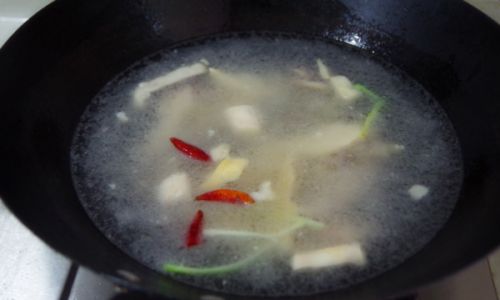
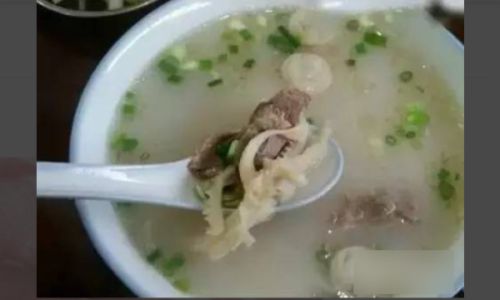

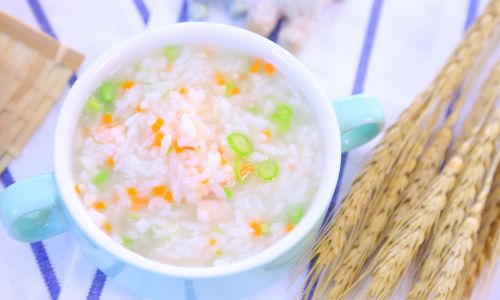

0 comments